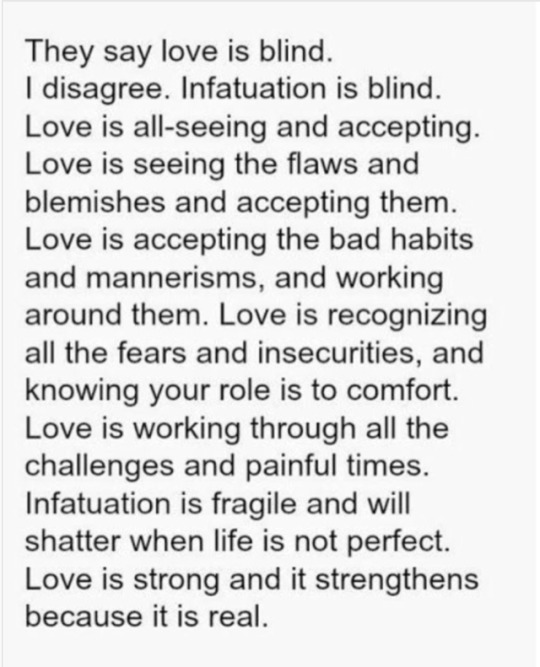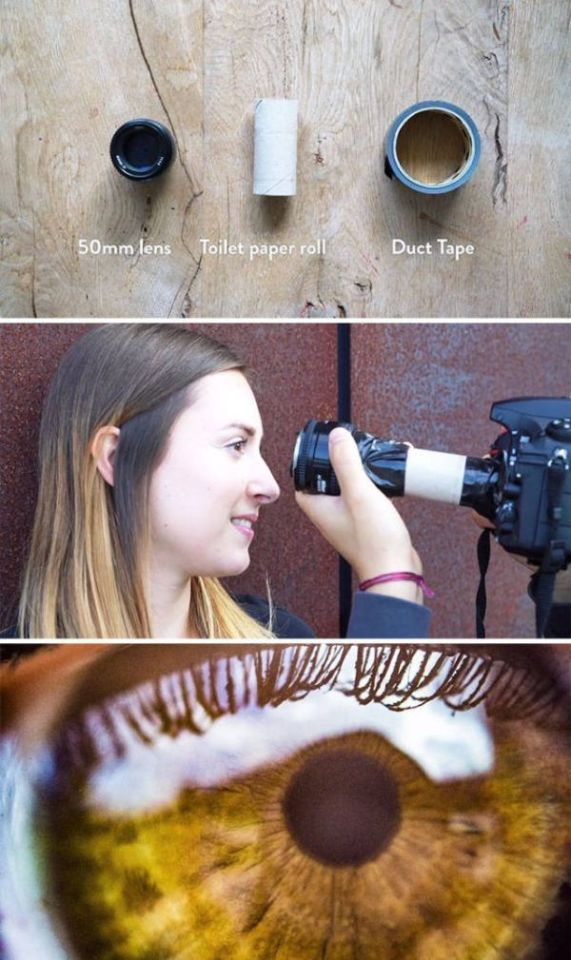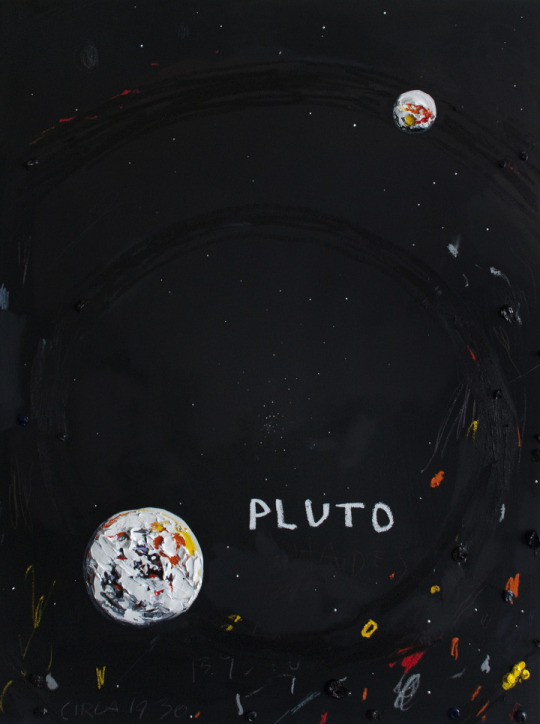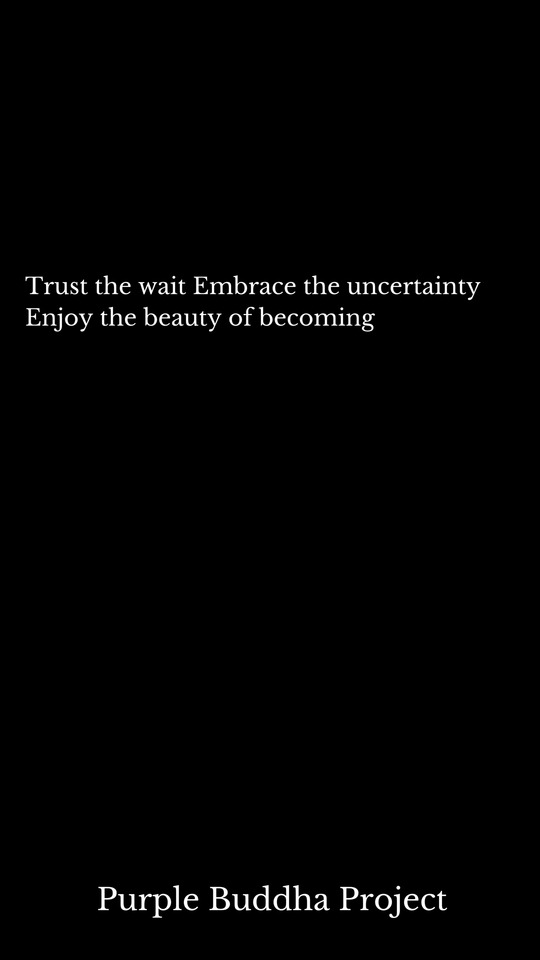Photo

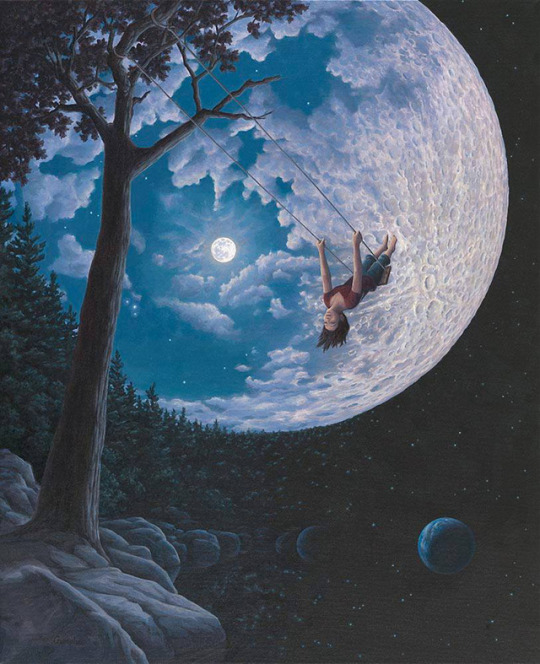



Rob Gonsalves - http://huckleberryfineart.com/artist/rob-gonsalves
11K notes
·
View notes
Text
NaNoWriMo Prep: Pacemaker!
A few weeks back, I blogged about adjusting your daily word count goal in November, because it just isn’t reasonable to expect to write 1667 words a day every day that month.
Your daily goal should fluctuate to represent your personal schedule and daily needs. Pacemaker is a word count calculator that will do all the pesky math so you create a November calendar with daily goals to do exactly that.
You start by inputting the basic information: your total goal, your start date, and your end date. This alone would give you a daily goal of 1667, but this is just the start.

Next, Pacemaker gives you options for strategies. You may want to work at a simple, steady pace, but you’re not limited to that. If you haven’t been writing for a long time and want to ease into it again, you can chose to let your daily goal grow as the month goes on. If you’re going to be busy at the end of the month, you can chose to do more work in the beginning of the month. It’s totally up to you and your schedule.

Pacemaker also accounts for weekends, and you can chose to do more or less on them, depending on your availability. You can also input specific dates when you know you can do more/less work. If you’re busy on Mondays, have Pacemaker skip them. If you have a lot of free time on Thursdays, make those “push!” days. Finally, you can account for a few emergency days, those days when you expect to write, but find yourself unable to for some reason or other.

Once you’ve accounted for your strategy and schedule, Pacemaker lets you see your month in the form of a calendar, chart, or graph. You can set up an account and track your writing on the website itself (in which case, Pacemaker will adjust your daily goals depending on how far behind or ahead you are), or simply print out or write down your daily goals.



Pacemaker is a wonderful tool for writers–whether you’re participating in NaNo or drafting on your own schedule. Try it out here.
373 notes
·
View notes
Text
The Emotions of Horror
In order to successfully write horror, you must first understand fear. Fortunately, fear is a universal experience, and likely something you have intimate first-hand knowledge of - the key is learning to harness your fears so they can be translated for the page.
First, recognize that different techniques and approaches will work better in different media. What works well in a horror movie may not translate well to a written story, and vice versa. Understanding your medium and your goals will help you work to the strengths of the medium and provide the most effective approach.
Second, remember that horror, perhaps more than any other genre, is at its core interactive. Even a linear story told through writing or visual cues invites participation from the reader: You need them to engage so that they will bring their own fears to the table. Simply seeing characters interact with frightening things isn’t enough; you need to invoke fear in the reader by inviting them to experience the things that you describe. That’s something I’ll delve into in greater detail in a later post, but for now, keep it in the back of your mind.
Two Main Types of Horror
There are two primary types of horror reactions you can create in a reader: Visceral horror, and cerebral horror.
Visceral horror is felt in the gut. It preys upon the lizard brain and taps into basic primal fears. Visceral emotions include disgust and shock. It is most effective in visual media, where a viewer sees images and responds to them before their brain has a chance to process them, but you can still invoke these feelings through the careful use of description. More on that in a minute.
Cerebral horror is felt in the brain. It’s the type of horror that you think about hours or days or years later, the kind of disturbing ideas that implant themselves in there and become more frightening the more you consider them. These are rooted in anxiety rather than the primal lizard brain. Cerebral horror includes fridge horror and dread. A tightly crafted story will beat a movie every time when it comes to cerebral horror, because written media is more intimate. Use that to your advantage.
The Emotions of Horror Stories
Let’s talk in a little more detail about the emotions that you should work to create in your reader when crafting a horror story. In order of most-difficult to most-natural for the written medium, try experimenting with:
Shock: Films and video games can fall back on the “jump scare,” a tactic wherein you rapidly break suspense with a sudden visual cue, almost always accompanied by a loud noise. If you need an example for some reason, turn to the nearest Five Nights At Freddy’s game.
Jump scares work by temporarily startling the viewer, short-circuiting their conscious brains and tapping directly into their oldest and most primal reflex. Newborns startle when they are exposed to too much sensory input - it’s literally their first line of defense. When you jerk, scream, or flail, you are tapping in to the newborn infant part of your brain.
Can you do a jump scare in a novel? Probably not. For one, there is no sound, and sound is extremely important to a successful jump scare. For another, reading involves conscious interaction with text; you can’t really bypass their thought processes enough to invoke a jump scare response (except for the occasionally really susceptible reader).
But you can still shock them, and that’s just as good.
Shock occurs when a reader is totally blind-sided by new information. They think they know what’s going on, but in reality, the truth is something unexpected (and perhaps far more sinister). They think a certain character is safe, only for them to be suddenly and brutally murdered. They think they’ve solved the puzzle, but the rabbit hole actually goes much deeper. I’ll talk about shock in greater length in another post, because it is so difficult to do well and requires a lot more attention.
Disgust: Gore and “splatterpunk” relies on the visceral response of disgust. We are naturally repulsed by certain things, and that too may be hardwired into our DNA (although it’s also partly based on nurture and cultural factors). But basically, disgust exists to keep us away from things that may hurt us, like diseased things.
Triggering disgust in your reader will mostly fall to writing effective descriptions. Word choice matters a lot when it comes to writing gore. Some words just feel gross (think “moist”), and some invoke really icky mental images. I’ll write a whole thing on tricks to writing gore at a future point, but for now a word of caution: Horror cannot rely on gross-out scenes alone. You might invoke a kind of sick fascination in the reader, but you won’t really scare them.
Dread: Suspense and dread are vital ingredients to horror in any medium. They work by drawing the reader into the story, enticing them to think ahead - but stripping away their certainty about what will happen. A really good story will alternate between shock and dread, building up tension before twisting the narrative in an unexpected direction.
I wrote a little bit about invoking dread here, and I’ll delve into the topic at greater length later. But for now, remember: Suspense lies in giving the reader the pieces to a puzzle, but withholding context. It forces the reader to think ahead, to try and make sense of what they’re seeing, and to imagine terrible conclusions. It encourages the reader to think “what if…?” or “something terrible is going to happen but when? how? what?”
This is something you can only do well if the reader is invested in the characters and truly cares about them. Fortunately, because writing is so intimate, it’s easier to delve into a character’s mind and forge a strong connection between them and the reader.
Fridge horror: Fridge horror is basically when something becomes creepier or more disturbing the longer you think about it. It’s when the implications of something are more horrifying than what you see on the surface. It’s the part of the story the reader takes with them, the part that makes them question their own beliefs or world-view or even reality.
It is a cerebral horror, and it’s the thing that written stories can really excel at. I will - you guessed it - write a whole post on the topic in the near future, but until then, realize that fridge horror relies in part on logic (”oh god, this means THAT!”) and part empathy (”can you imagine what it must be like….?”)
The best fridge horror moments will be pulled from your own personal experiences and fears. While anyone can tap into primal fears (the dark, the unknown, disgusting things), fridge horror is often deeply personal and oddly specific. It’s raising a question and leading the reader to think “Oh god, I never thought of that, but it is terrible.”
I’ve rambled on a long time now, and I have many things to come back to and explain in more detail - but for now, hopefully this gives you something to think about! Until next time, stay scared :)
8K notes
·
View notes
Photo
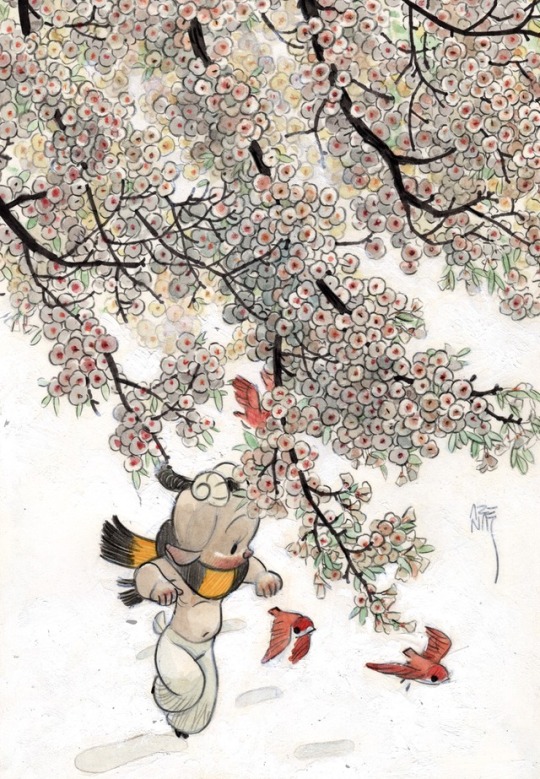
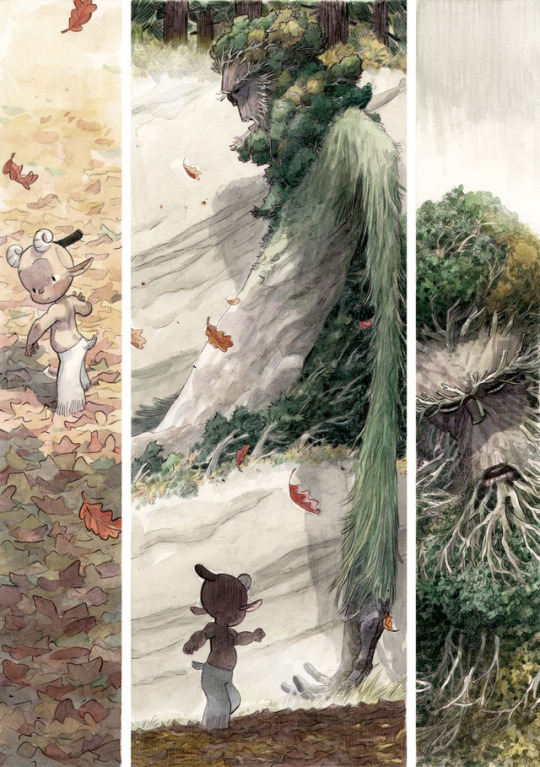
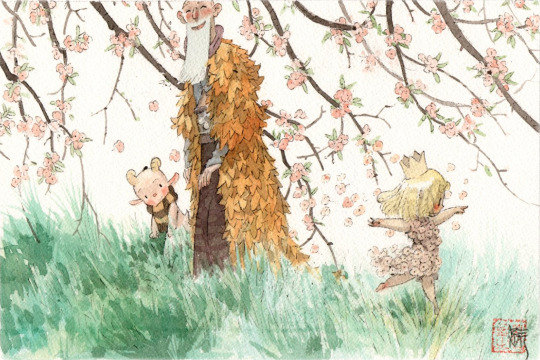


Manuel Arenas - http://man-arenas.tumblr.com - https://www.amazon.com/Man-Arenas/e/B004N1ULBK - https://www.etsy.com/es/people/manarenas - http://www.arludik.com/indexeng2.htm - http://www.cartoonbrew.com/promote-article/man-arenas-88158.html - https://www.instagram.com/man_arenas/?hl=es - http://www.imdb.com/filmosearch?role=nm1161412&sort=year&explore=title_type - http://www.dodecaden.com/Public - https://twitter.com/manarenas?lang=es - https://www.linkedin.com/in/arenas - https://es-es.facebook.com/Yaxin.Faun
8K notes
·
View notes
Photo

Historical Romance - How to add layers to your scenes
by Anthony Ehlers for Writers Write
In terms of historical fiction, we look back. We look back because that is where the answers lie. It is all about context. The research must be fun. It must also fit your story, and lift the narrative.
Show us the ‘personality’ of that era, so that the historical setting becomes almost another character: show the sexual, gender and social politics, the mood of the times etc.
Five ways to add context
History itself. Who was in power at the time? Why? What was the main trade? What were the marriage laws? Historical detail is a great way to inform or give impetus to the plot, such as the London Season for Debutantes, etc.
How circumstances affect characters. We must never just lay on historical information, but rather weave into the story and it should ideally be seen through the lens of the character. How does she feel about how society treats women, etc.?
Sense it. Make use of the senses—the smell of the docks, the latest French perfume, the sight of a new ship or a building, the type of music in vogue, etc. – and tie those to the historical ambience of the world
Dress it. Make sure you know what your heroine is wearing, what undergarments support it, what was considered appropriate or risqué, and what kind of dress would suit your character best
Detail it. Go for small details that signal the reader that you’re building an authentic world – the dress, the dinner plate, the food, a cherished pet, an artwork or an objet d’art etc. Other details that may lift the narrative: modes of transport, whether it is a carriage or a horse (what kind?), the architecture, furniture, the literature of the day, details of places of worship and churches, the type of medicine, etc.
We need to go under the surface of the story, to know what life was like in that era and how your character is experiencing it. Remember that your reader may not know anything about the period or time—they need the writer to build the world, paint the picture, give colour, texture and emotion.
The characters don’t live in a vacuum-we need to build the characters’ world through details, sensory description; the world must be believable and entertaining.
Five exercises to help you
Print images from Internet or collect photocopies from books and create a collage of these for your writing desk
Describe the interior of the heroine’s bedroom as if you were writing for a nostalgia magazine or for a new experiential museum
Describe the morning ritual of the hero: how he shaves, dresses, what ritual he may follow
Create a dinner menu for a typical social meal of the time, and source ingredients for it – imagine the trip to the market
Imagine a time traveller from the present happens upon your setting —have her write a dispatch back home to describe this extraordinary experience!
3K notes
·
View notes
Photo
This is so much of what I love.

Day 3 of inktober.
201 notes
·
View notes
Note
I understand it's difficult to get publicity as a writer because if you publish your work online, you're basically ruining your chance of your work getting published in real life. How can you get publicity as a writer then?
The idea that publishing online ruins your chances of publishing in real life is false. Yes, many publishing houses want exclusive rights to your blood, sweat, and tears if they accept your work in the first place. However, self-publishing has boomed thanks in large part to the ebook market, and in some cases posting an entire novel for free can get you published in real life. In fact, here are some major films that started out as indie novels:



*sigh* It’s sad that this subject can’t avoid that last one. Relevant to your ask, 50SoG was originally published on Fanfiction.net as Twilight fanfic under the title “Masters of the Universe.” When FF.net changed their policy on smut, the author moved her works to her own website and soon got them published under the new title.
Other examples of web-to-bookstore authors can be found here on this list of published Wattpad books that were once on their site for free. Some have even made their way into Target’s book selection. So, posting online really isn’t the enemy in terms of getting published. According to all the bemoaning I’ve heard for years, your chances of being rejected by the first handful of publishing houses you send your first manuscript to are MUCH higher than your chances of not getting published after posting online. Online you can sell anything, at a publishing house you can only sell what they think will sell.
Publishing online is definitely not the only, nor the main way of getting publicity. Having an established platform and fans when you approach a publishing house are marks in your favor. If you are seriously pursuing a career as an author, I suggest you set up accounts on Goodreads, LinkedIn, Facebook, and Wattpad. Use Pinterest to collect/share inspiration, and use Twitter to promote your site and connect with other authors. Finally, if you enjoy writing flash or fanfiction definitely use that as a jumpstart to gaining a fanbase for your writing style. I know from experience that fellow fans of established works can easily become fans of your work too.
Additional links to help you figure out the busy world of book marketing:
Building Your Platform/Publicity
What Is An Author Platform?
Why You Need an Author Platform if You Plan to Publish
Discover and Build Your Author Brand
Self Promotion for Indie Authors
Building an Author Website: The First Step to Publishing
7 Images You Need To Build Your Brand Online
How To Build A Book Audience Before It’s Published
5 Alternatives To Giving Your Book Away For Free
5 Things You SHOULDN’T Worry About When Building Your Platform
Self-Publishing vs. Traditional
How To Get Published: Jane Friedman Outlines The Options (INFOGRAPHIC)
The Pros and Cons of Self-Publishing Your Fiction
The People VS Self-Published Authors
Are There Still Pros to Traditional Publishing?
Self-Publishing vs. Traditional Publishing: The Final Countdown
— — — — — —
~ For regular links and advice, please follow my board Marketing For Authors on Pinterest.
3K notes
·
View notes
Photo
This image is an exquisite nightmare.

MEMORITER
[adverb]
1. by heart; by memory.
[adjective]
2. involving or requiring memorisation.
Etymology: Latin, equivalent to memori-. stem of memor, “mindful of”.
[Aykut Aydoğdu]
652 notes
·
View notes
